
TARGET 080723
What's so small that it takes 11,000 eyes to see it?
A neutrino
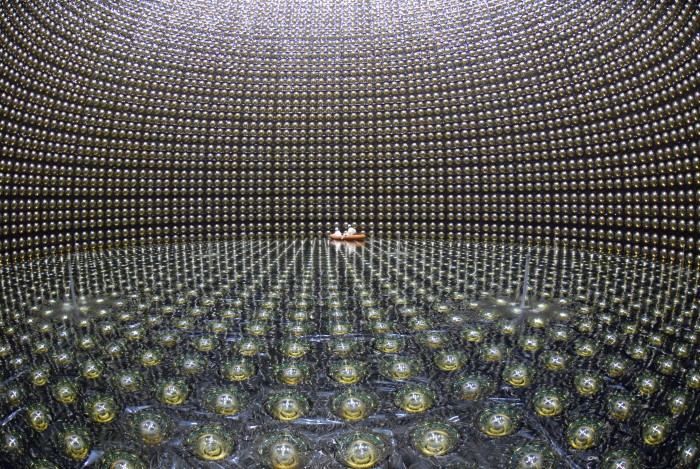
A neutrino is the smallest atomic particle known to nuclear physics. It is so small, in fact, that it tends to pass through the empty space of atoms and molecules without stopping. It does this so well that it can pass through the entire earth without slowing down or hitting anything.
But, now and then, on very rare occasions, one of them will hit something, and when it does, it makes a tiny spark of light.
So, nuclear physicists decided to put some light sensors into water so pure that it has perfect clarity, and to put this water in total darkness so far under the earth that no other types of radiation can possibly reach it. Then, if there is a tiny spark of light, they know that they have just witnessed the collision of a neutrino with an atom.
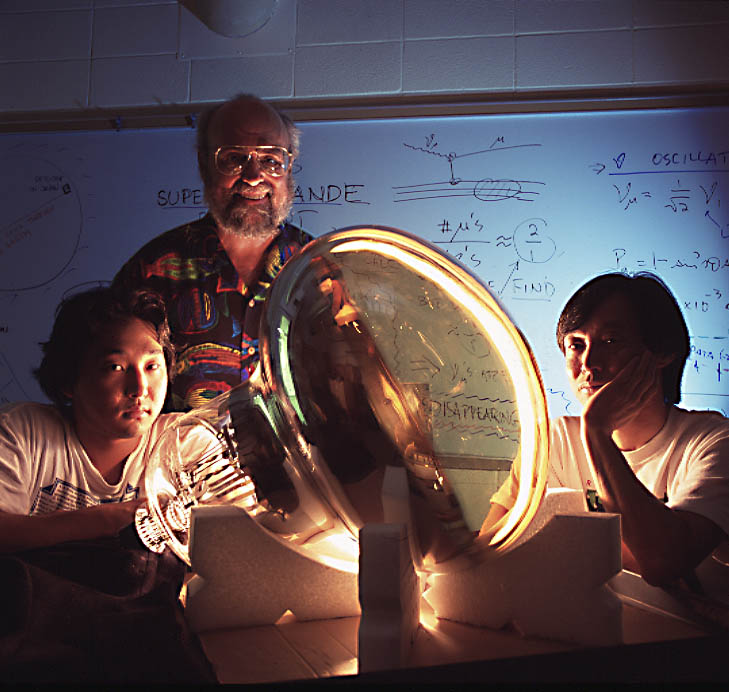
The eyes are not small, by any means. Each is approximately 20 inches across.
All construction and adjustments must be made before the tank is loaded with the water. Any intrusion after that could pollute it enough to ruin the whole tank. So, after construction is completed, the place is treated like one of the world's cleanest clean-rooms, and men in clean suits ride highly sanitized rafts, making final checks and adnjstments as the water rises (shown in the following photos).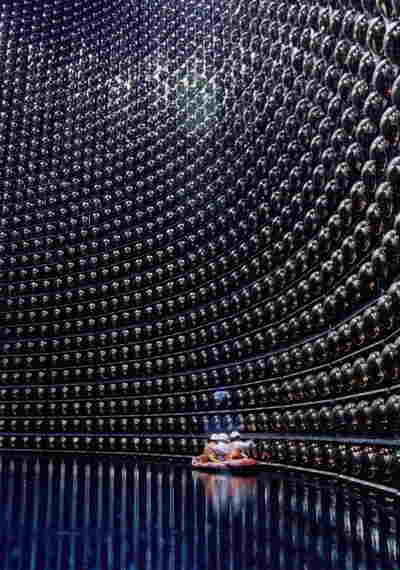
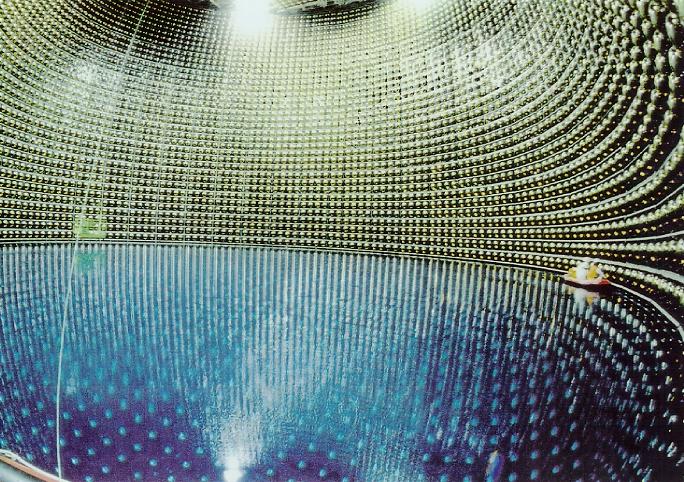
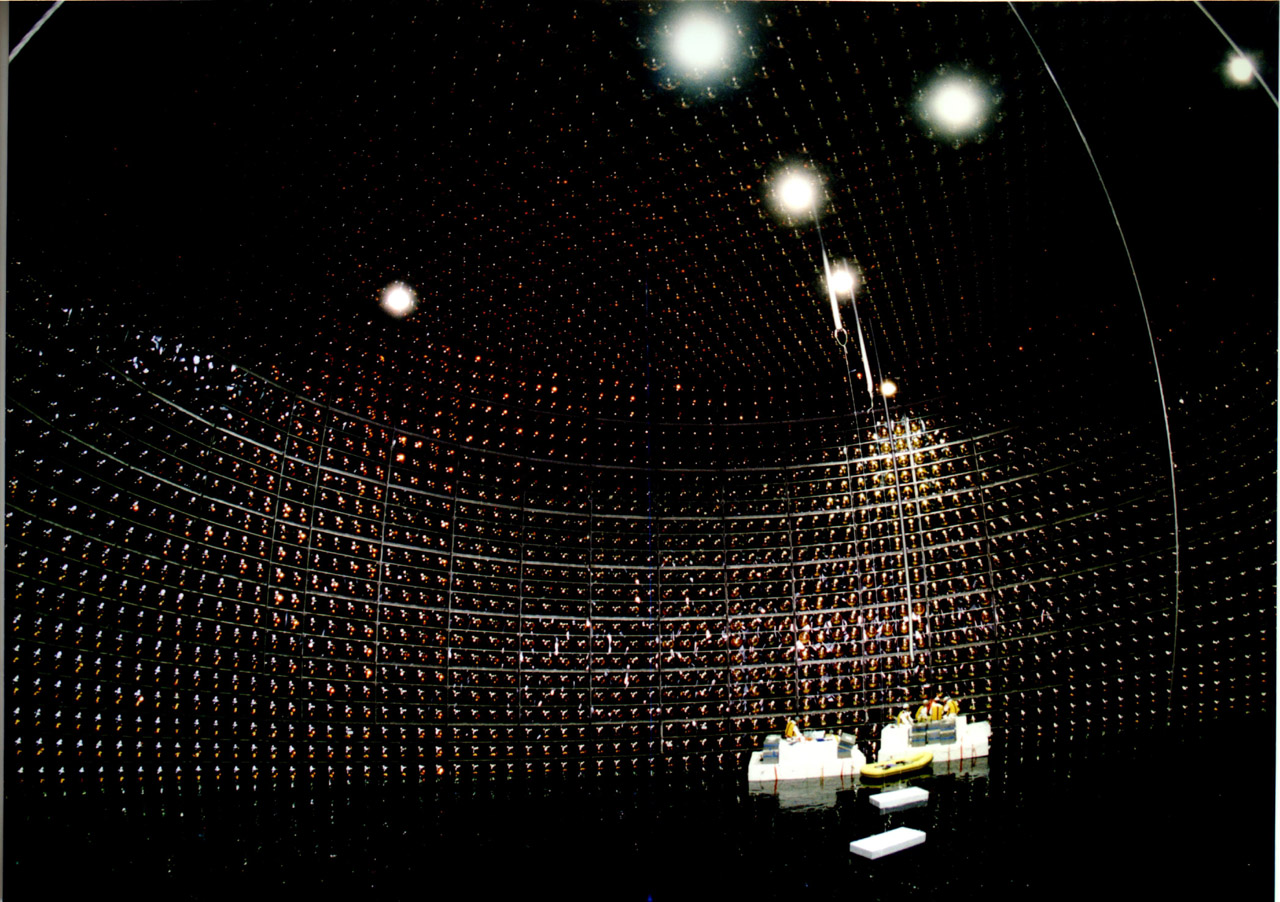
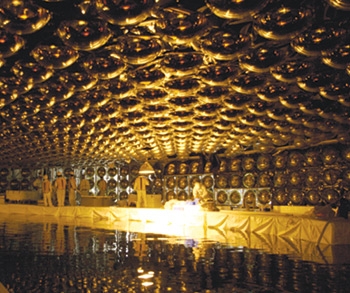
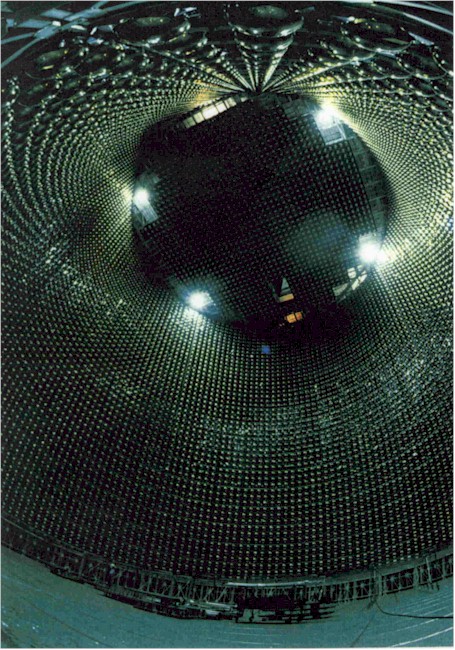
And, when it is all done, a camera on the bottom looks up through 138 feet of pure water as though it isn't even there.
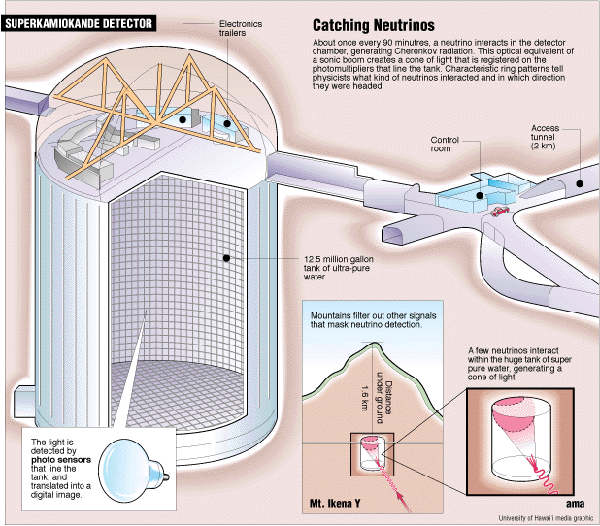
The inner detector (ID) is 118 ft. high and 115 ft in diameter and is the main sensitive region. It is viewed by 11,146 20 in. inward facing Hamamatsu photomultiplier tubes (PMTs) and surrounds 32,500 tons of water.
The dead space is a 20 in. thick cylindrical shell which contains the stainless steel support structure as well as more water. It is optically separated from the ID by opaque black plastic and from the outer shell by black polyethylene bonded to reflective DuPont Tyvek.
The outer detector (OD) is a 6.5 ft. to 7.2 ft. thick cylindrical shell which surrounds the entire inner detector. It is viewed by another 1885 8 in wide outward facing PMTs with 60 cm by 60 cm wavelength shifter plates and is lined with reflective Tyvec to increase the number of photons detected.
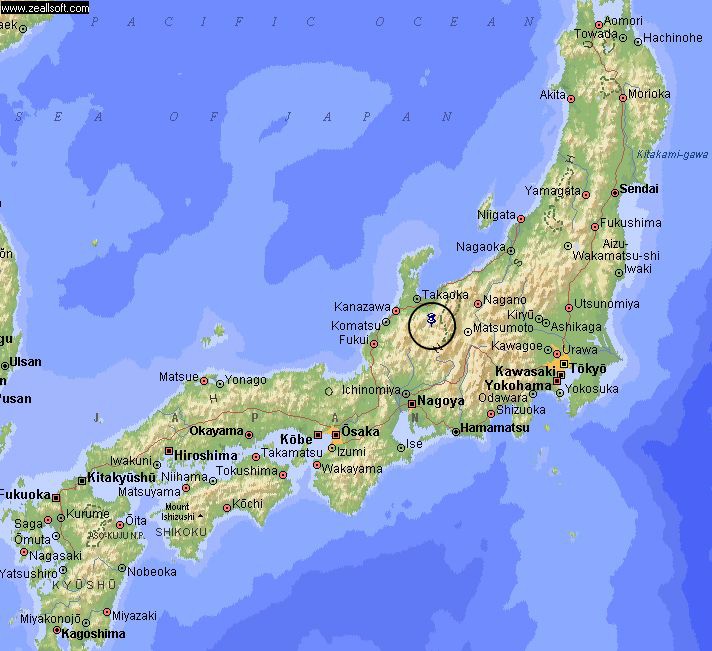
If you gained information in your session which was not covered in the feedback, there is a wealth of pictures and information to be found on the internet. For a search of sites containing information, click HERE.